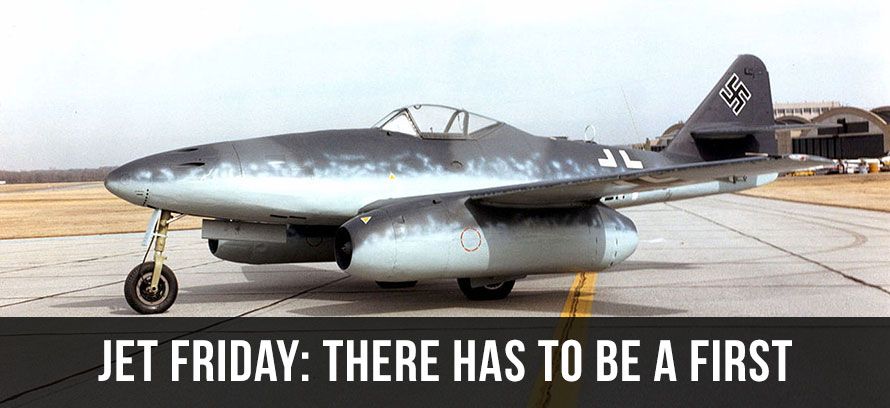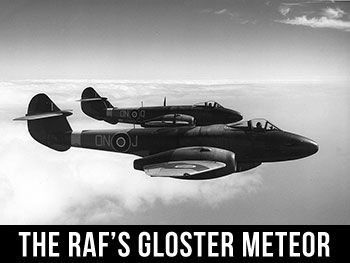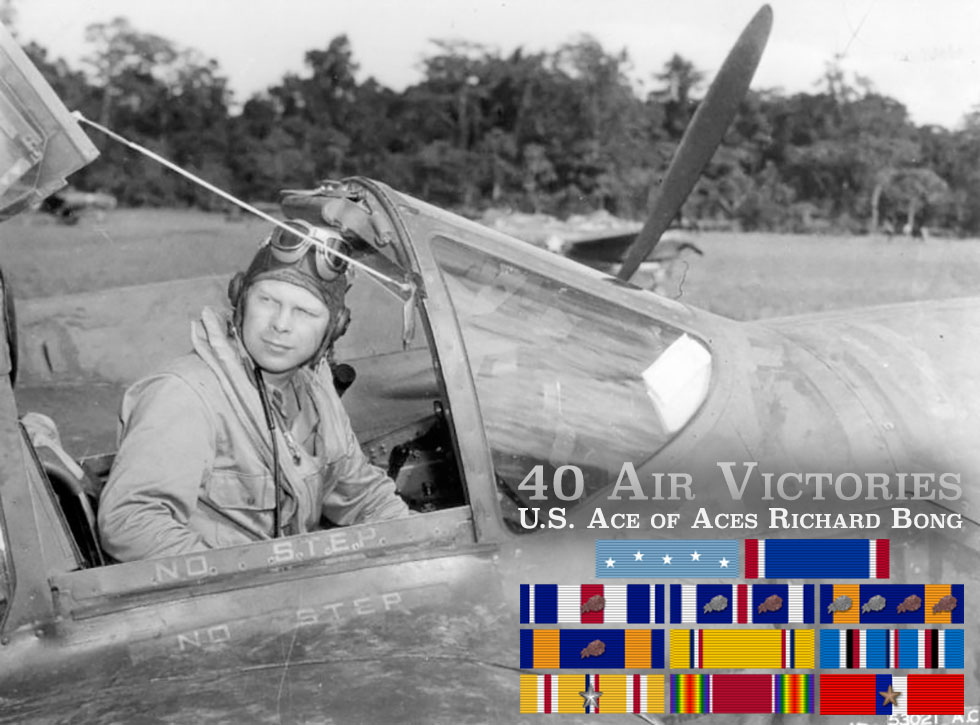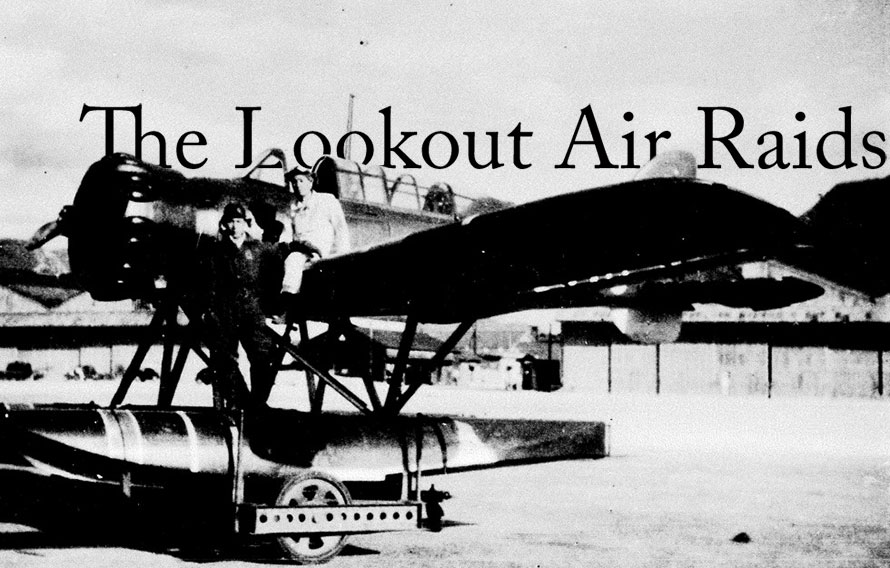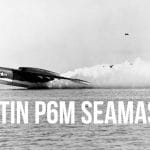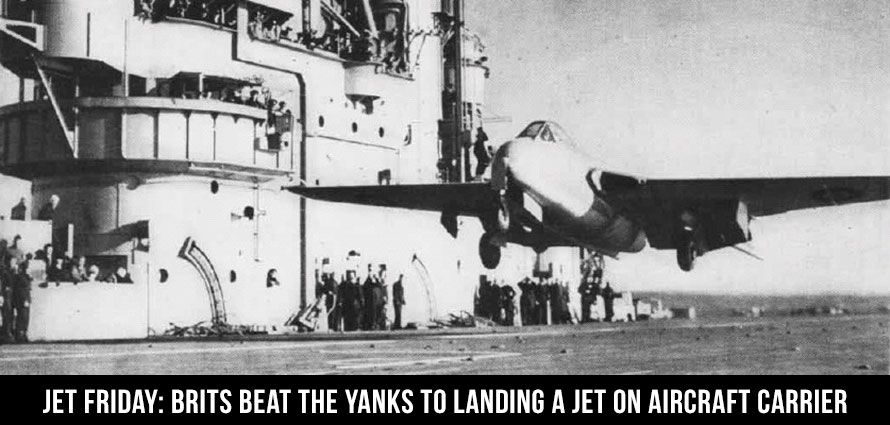In today’s Jet Friday, we go back to the beginning, when aerial warfighting made the leap from piston-engine aircraft to jet engines. During World War 2, Nazi Germany flew the first operational fighter jet, the Messerschmitt ME 262. The Messerschmitt was introduced in April of 1944 and was followed a few months later by the RAF’s first jet aircraft introduced into service, the Gloster Meteor.
The first aircraft to fly powered by turbojet propulsion was the Heinkel HE 178 in August of 1939, just days before the start of WW2. Ernst Heinkel’s initial design was not of interest to the German officials. They watched the jet perform but were unimpressed with this aircraft’s speed of 373 mph and its combat endurance of only 10 minutes. The German military was secretly working on their own jet aircraft with BMW and Junkers. This partnership led to the ME 262’s creation.
The German fighter jet was the beginning of the end for the piston engine-propelled aircraft in the battle for air superiority. The ME 262 was approximately 100 mph faster than allied fighter aircraft and had a better rate of climb, with a top speed of 540 MPH and a rate of climb of 3,937 feet per minute. Compare that to the American P-51 Mustang, which had a top speed of 437 MPH and a rate of climb of 3,200 feet per minute.
With its strengths, the Messerschmitt also had its flaws. It was prone to engine flameouts during aggressive use of the throttle, common during aerial combat (dogfighting). At slow speeds, the ME 262 did not have enough thrust, and the throttle response was slow. The airframe had the potential to simply break apart in the middle of a flight, and its cannons were prone to jamming.
Fortunately for the Allies, the German Air Ministry did not immediately recognize the importance of jet propulsion. Leaders believed the war would be over quickly and could be won by conventional aircraft. Because of this, the Air Ministry failed to assign the proper resources soon enough to produce enough jet engines for the Messerschmitt ME 262s to affect the war’s outcome. When the jet was finally put into action, Germany did not possess enough pilots to train in jet flight. Due to this, even though more than 1000 were produced, less than 300 Messerschmitts ever saw combat.
From the very early days of the Messerschmitt and the Meteor to today’s F-16 Fighting Falcon and the F-22 Raptor, the jet aircraft has come a long way. Today’s Falcon has a top speed of 1,320 mph at an altitude of 50,000 ft/min. The Raptor’s top speed is an estimated 1,500 mph, and it has a ceiling of 68,897 ft.
As we said, there has to be a first and the Messerschmitt ME 262 was just that. Tell us what you think in the comments below and let us know about Jet Friday posts you would like to see.
Also read: 40 Air Victories – U.S. Ace of Aces Richard Bong
Sources:
http://www.historylearningsite.co.uk/world-war-two/weapons-of-world-war-two/messerschmitt-262/
http://www.militaryfactory.com/aircraft/detail.asp?aircraft_id=108http://science.howstuffworks.com/messerschmitt-me-262.htm
http://aircraft.wikia.com/wiki/Lockheed_Martin_F-22_Raptor

